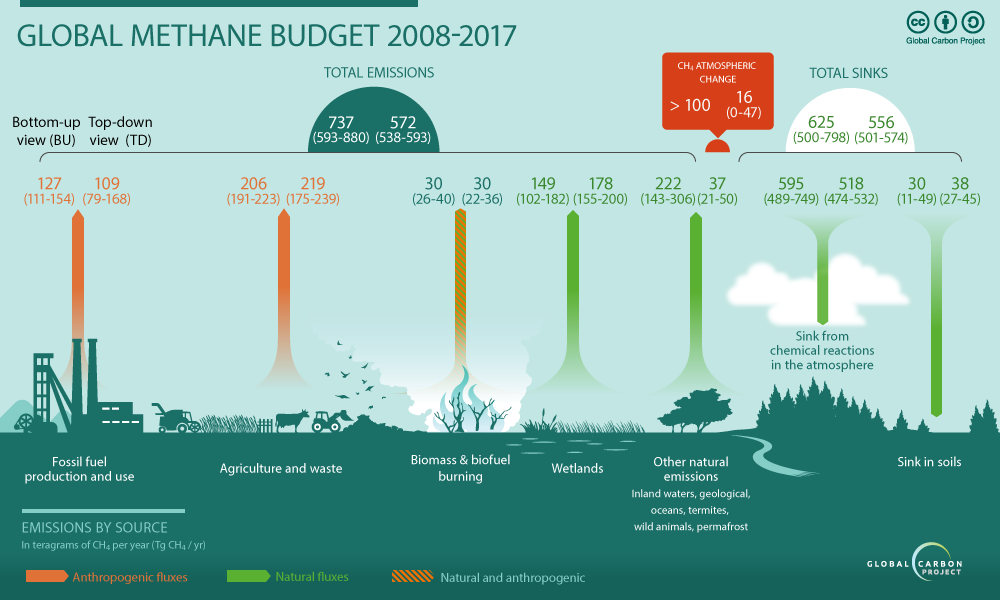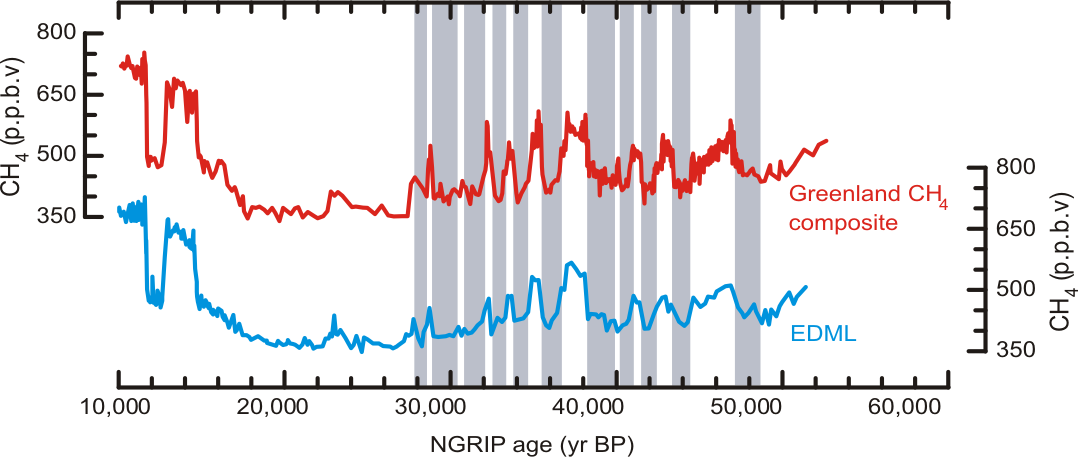
So, the velocity accords with the amount of meltwater," says the Senior Researcher. Or the system remains inefficient and under high pressure. For example, the velocity can slow in the middle of the melting season, when meltwater is plentiful, because the drainage system suddenly becomes efficient. "This results in four variations in the velocity of ice that we've discovered at various locations across the ice sheet. As such, the drainage system can alternate between being efficient and inefficient. They do this because, while meltwater can melt drainage systems larger, the ice flow works to close systems. And vice versa, if the drainage system is effective, the ice moves more slowly.Īccording to Anne Munck Solgaard, the drainage system is not a fixed array of pipes or channels of a specific size, but rather, pathways that develop during the melt season. This in turn causes the ice to move faster towards the ocean. If the channels, which act as a kind of drainage system, are poor at diverting water away, the pressure at the bottom rises and reduces friction between ice and bottom.

The researchers have found that the design of these channels, also known as subglacial drainage pathways, affects the movement of the ice above.

This connection is very important to understand in relation to the warming climate of the future, in which the amount of meltwater will increase," explains Anne Munck Solgaard, Senior Researcher at GEUS and lead author of the study, now published in Geophysical Research Letters.Īs meltwater from the surface reaches the bottom of the ice, it flows primarily towards the edge of the ice sheet through melted channels. Thus, our study provides an indirect look at processes beneath the ice and the connection with meltwater on a large scale. Not just for one year, but for fluctuations over a number of years as well. "With the help of large amounts of satellite data and artificial intelligence, we can identify and map general seasonal fluctuations over large parts of the ice sheet's edge. According to the researchers behind the study, this information has been missing from our understanding of why the velocity of ice at the same site can change over time, which is an important piece of knowledge for making more precise climate models for, among other things, sea level rise. Using artificial intelligence, the researchers analysed ice movements that they can now divide into four categories based on movement patterns. Using extensive satellite measurements, researchers from the Geological Survey of Denmark and Greenland (GEUS) and University of Copenhagen's Niels Bohr Institute have conducted a study that shows how movements of the ice sheet appear to be closely linked with meltwater flow beneath the ice. reservoir), ice phenology, and the distribution of productivity‐related predictor variables such as total phosphorus, DOC, and chlorophyll a. Additionally, more accurate upscaling efforts require improved global information about waterbody surface area, waterbody type (lake vs.

First, we need more methane emission measurements in small reservoirs, large lakes, and both natural and artificial ponds. Finally, we identify several knowledge gaps that limit upscaling efforts. We also found that productivity strongly predicted methane ebullition, whereas ecosystem morphometry and waterbody type were more important predictors of diffusive methane flux. reservoirs), and that ecosystem morphometric variables (e.g., surface area and maximum depth) were more important predictors in lakes whereas metrics of autochthonous production (e.g., chlorophyll a ) were more important in reservoirs. We found that the best predictors of methane emission differed by waterbody type (lakes vs. Here we use a new database of total, diffusive, and ebullitive areal methane emissions from 313 lakes and reservoirs (ranging in surface area from 6 m 2 to 5,400 km 2 ) to identify the best predictors of methane emission.
#Methane global ice driver drivers#
Thus, determining the main drivers of methane flux across diverse waterbody types will inform more accurate upscaling approaches. Uncertainty stems partially from whether the sites currently sampled represent the global population as well as incomplete knowledge of which environmental variables predict methane flux. Freshwater lakes and reservoirs contribute substantially to atmospheric methane concentrations, but the magnitude of this contribution is poorly constrained. Methane is an important greenhouse gas with growing atmospheric concentrations.


 0 kommentar(er)
0 kommentar(er)
